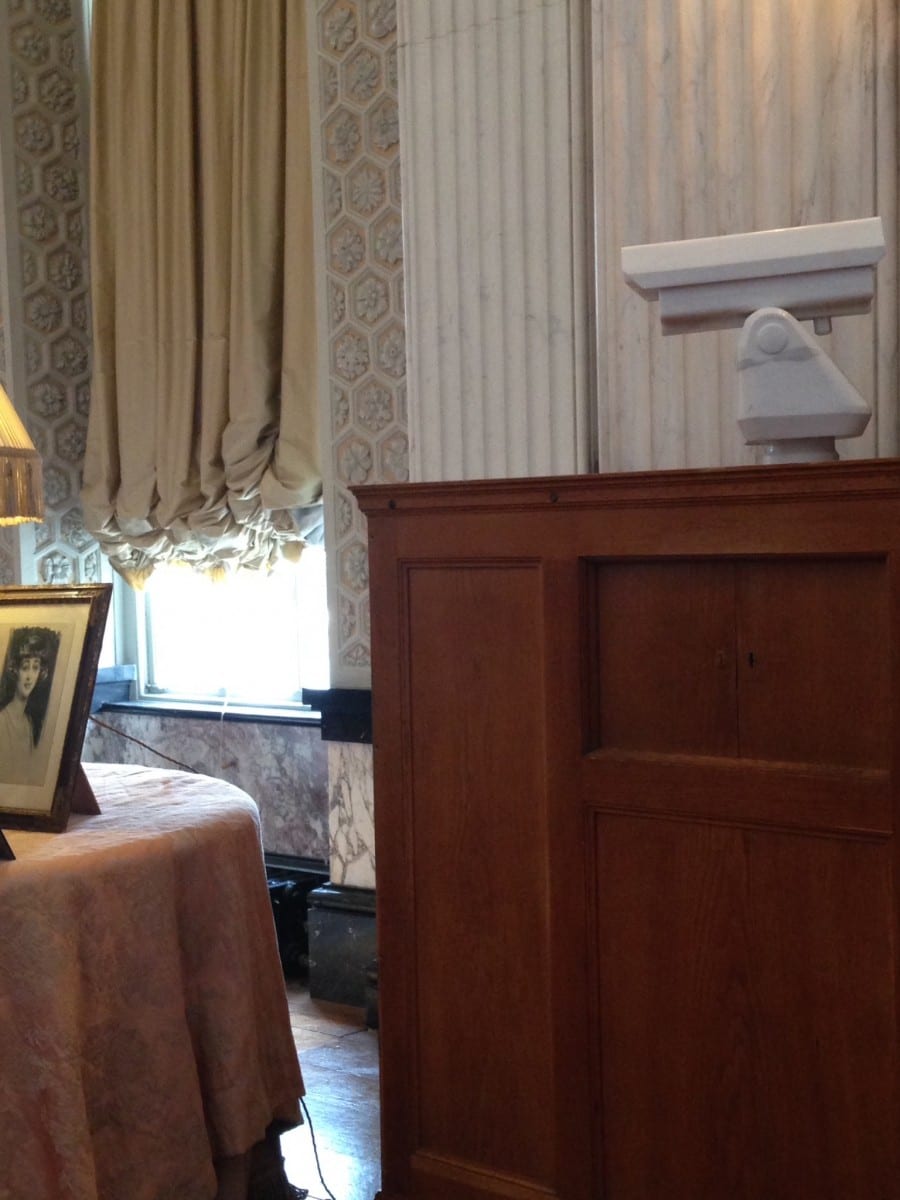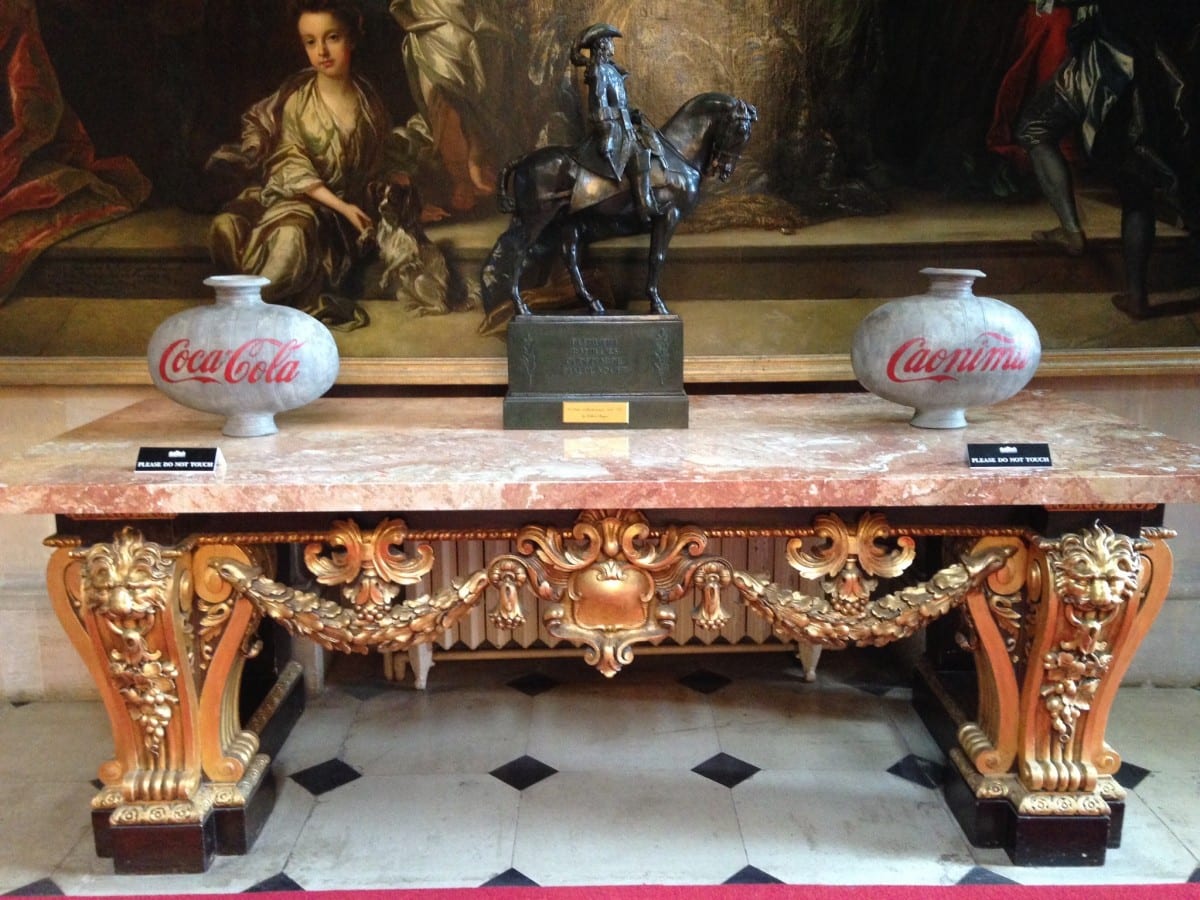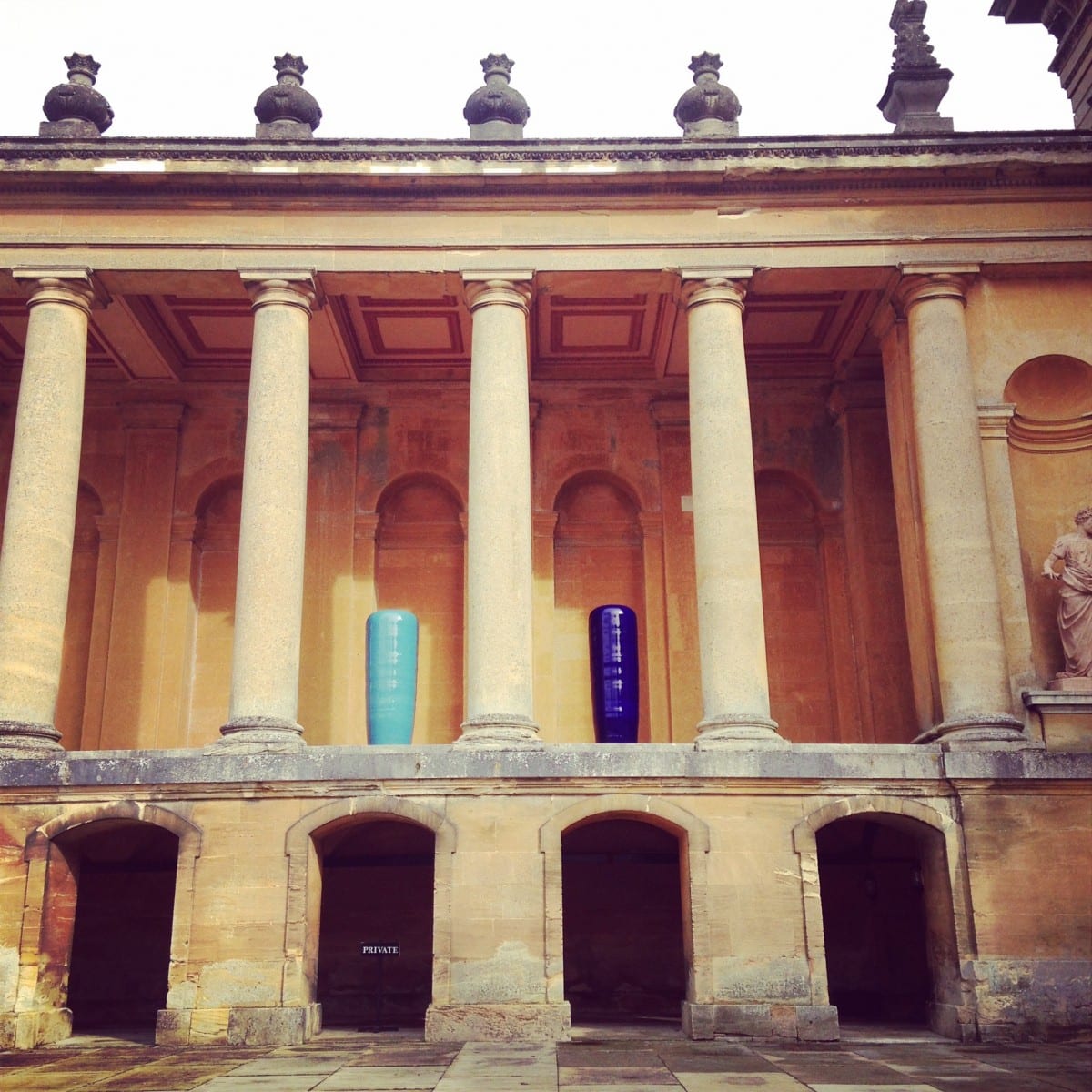Coinciding with Frieze London and Frieze Masters, Chinese artist Ai Weiwei was invited to slip his subversive, defiant installations and sculptures among the stately rooms at Blenheim Palace in Oxfordshire, the same home where Sir Winston Churchill was born.
Founded by Lord Edward Spencer-Churchill and directed by contemporary art advisor and market commentator Michael Frahm, the Blenheim Art Foundation opened its inaugural exhibition with Ai Weiwei; albeit, the artist could only participate remotely. He remains under house arrest in Beijing, his passport taken by the authorities, and may only work under closely monitored conditions. Frahm made frequent trips to and from Beijing to facilitate the exhibition, and still, Weiwei feels more like a ghost who visited the lofty halls at night and left his mark for all to see in daylight.
Reflections of this confinement and a sense of human dignity being stripped away are potent sensations felt throughout his range of works. Some are delivered with a crisp, biting humor, others with a more sinister lilt. Two Han Dynasty vases, for example, are emblazoned with the logos for Caonima and Coca-Cola, respectively; their inherent value as antiques are rendered mute under their corporatized labels. In the Salon, a surveillance camera exquisitely crafted from white marble is almost invisible within its Baroque surroundings; the act and art of surveillance is so well-executed, it is subsumed into the environment. Quite possibly the most powerful visual metaphor Weiwei has deployed is placed in Churchill’s Birth Room. On the wall, a metal clothes hanger is bent into, what appears to be, a profile of Churchill, himself, surrounded by a huali wood frame. On the bed, a pair of locked handcuffs cut from the same wood sits quietly. The huali wood, known in China as “yellow huali,” is thought to have medicinal properties and was used in creating most of the high-quality furniture surviving from the Ming and early Qing Dynasties. Its presence as a barrier of two kinds (one, a frame, the other, a restraint) in the room where one of the most charismatic, important men of the 20th century was born is less than ironic. With the weight of World War II put squarely on his shoulders in his later years as a statesman and Prime Minister, Churchill (as a historical figure) becomes the ideal vehicle for Weiwei’s work.
In a separate gallery, a real treat awaits: a joint photography exhibition with Andy Warhol and Ai Weiwei. Warhol’s photographs are sourced from his visit to China in 1982. During that time, Weiwei was studying in New York at Parsons School of Design. Warhol returned to the U.S. after five days in Beijing, his first and only trip to mainland China. Weiwei returned to China in 1993, due to his father’s illness, and has not left since. This haunting role reversal communicates clearly through images captured in passing on the streets, next to monuments, and even with both artists (figuratively) side-by-side (Weiwei was photographed next to self-portraits of Warhol installed at MoMA).
As the proverbial maiden voyage for the vessel of the Blenheim Art Foundation, Ai Weiwei has set a course for apparent future successes by seamlessly integrating aristocratic history with contemporary imagery.





